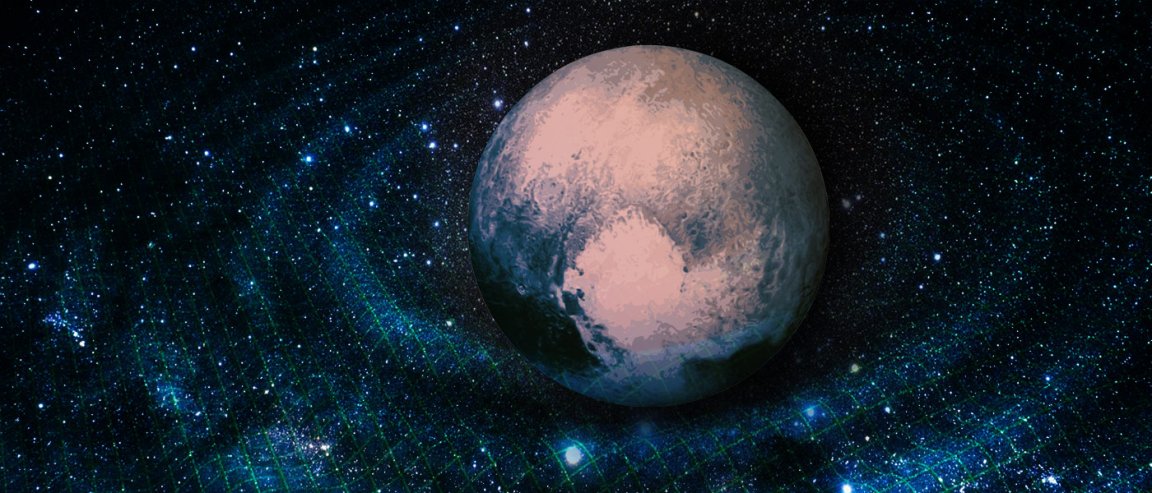
A Rippling Haze
NASA’s New Horizons spacecraft has been returning some pretty amazing information about the former planet, Pluto. One of its most interesting discoveries was the weird “layered” atmosphere, composed of a photochemical smog, settling out of the upper atmosphere.
But now the probe has witnessed an even more curious atmospheric effect around the pygmy planet. After its flyby last year, New Horizons directed its cameras toward the now rapidly retreating Pluto, hoping to catch it eclipsing the Sun—a maneuver that permitted its cameras and spectrographs to analyze the chemical makeup of Pluto’s atmosphere.
What the probe witnessed startled observers—brightness variations in the haze layers of Pluto’s nitrogen atmosphere, which created the illusion of the dwarf planet’s surface rippling, almost like a heat mirage. The animation below, which was compiled from images obtained by New Horizon’s Long Range Reconnaissance Imager (LORRI) on July 14 of last year, shows the observed effect.

Gravity Waves
NASA scientists were curious to know what was up. Their answer was gravity waves—not the same as the gravitational waves that have been in the scientific news of late, but a more mundane phenomenon (also called “buoyancy waves”) that can be found on several planets in the Solar System, including Earth.
Atmospheric gravity waves result from the effects of high mountains—of which there is no dearth on Pluto—pushing airflow up, where gravity then begins to drag the airmass down again.
“When I first saw these images and the haze structures that they reveal, I knew we had a new clue to the nature of Pluto’s hazes,” explains LORRI Principal Investigator Andy Chen. “The fact that we don’t see the haze layers moving up or down will be important to future modeling efforts.”
The newly discovered Plutonian phenomenon is a strange one, as the brightness fluctuations vary by as much as 30%, despite the fact that the haze layers themselves do not change at all—extending 200 km (120 mi) above Pluto’s surface, no more and no less.
We can look forward to more interesting news from Pluto’s neighborhood—it’s expected that it will take 16 months just to download all of New Horizon’s vast wealth of data back to Earth.